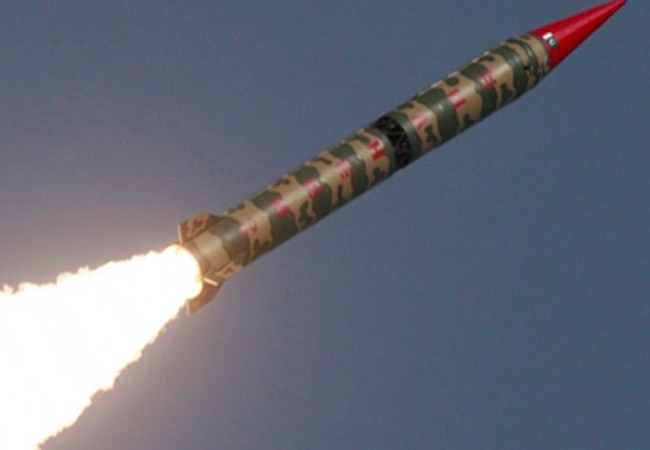
By Sidra Khan
The definitional aspect of minimum credible deterrence has evolved since 1998 when South Asia was “nucleared”. Governments of both Pakistan and India assured to have minimum credible deterrence, but as time passes the stress on minimum can be seen vanishing and today, India and Pakistan are trying to purse relation with each other on credible deterrence policy. After passing of seventeen years, today many powerful institutions and constitutes form an important part of both India and Pakistan’s formal structure. Today, both South Asian states have highly advanced nuclear weapon delivery mechanism and with that, the competition between both states cannot be seen as slackening.
Although, competition among superpowers can be highly dangerous but the nuclear rivalry presiding in Subcontinent can be turned into a far worse situation. The reason for such worse relations is not only lacking professionalism towards the people who are at the helm of affairs in subcontinent rather it is due to the non existing relationship among the two heavily armed nuclear neighbors. Another variable, which struck a hard blow for both nations, is the rhetoric of hardliners that disrupt the normalization of relations and reduce instances for any comprehensive or composite dialogue to happen.
Currently, Pakistan is improving the deployment and the development of short range missiles having war heads with low nuclear yield. For Pakistan it is one way to deter any conventional attack from Indian side and as this could also reduce security dilemma for within the region. Similarly, Pakistan is also pursuing its efforts in the field of longer range of ballistic missiles and also their deployment. Pakistan’s Shaheen III missile whose range is 2,759 km is to date the longest ballistic range missile and was first test in the year 2015. Attributes attached to Shaheen III is that its reach is till bay of Bengal which are the Indian control islands and also the mainland of Indian Territory. On the other hand, Pakistan is also testing many other missiles in Shaheen series.
It’s a fact that there exists no match between India and Pakistan’s conventional and nuclear capability, the growing asymmetry in nuclear terms is always been distressed especially by the recent launch of Indian ballistic missile. Fired from a mobile launcher, the Prithvi-II has again put subcontinent in a tense environment and a wave of conflict has again surged allover subcontinent. India is actively pursuing its aggressive police of pre-emption against Pakistan indirectly. Although, the tests conducted were a failed one but it did added quite a threatening effect irrespective of the fact that it was just to add another modification. Assertively, Indians choose this missile randomly from their production stockpile.
Notwithstanding these aspects, the rigorous development and modernization of Indians military is significantly disturbing balance of power within the region of South Asia. India’s quest which is aimed at gaining the BMD has significantly undermined the already existing paradigm of strategic equilibrium, as the BMD shield system to great lengths help India and make them believe that it can successfully carry out a nuclear strike against Pakistan while defending itself against any possible out course. With these facts it quite evident for Pakistan now to seek vital strategic partners who in turn could help Pakistan reduce such asymmetry and also provide Pakistan with a balanced counter move. This indeed has also put Pakistan in great pressure as to develop such missiles along with their delivery systems which can counter the harsh realities of India’s BMD. India now having the shield system of BMD can now initiate a conventional military attack on Pakistan through the cold start doctrine.
With all these developments and advancements in subcontinent, it is quite surprisingly to see that Pakistan is leading the nuclear arms race against India by the ratio of 10 nuclear weapons, shown by an info-graphic at Bulletin of atomic scientists. Although Pakistan had, quite a time initiated steps and dialogue with India to reduce the nuclear arms race in South Asia, but India has always rejected such proposals and leaned towards creating more instability in the region. Pakistan in total posses, around 120 atomic weapons leaving India with only 110.
Further adding the complexity, Indians leaders irrespective of which party they belong to, do not want to improve relations with the neighbors especially Pakistan. Even if Pakistan tries to take coordinated actions to improve these relations they are snubbed neither by the democratic leaders of India or by non-state entities prevailing within Indian governmental structure. Pakistani leader are accused of not moving beyond the issue of Kashmir with their talks with India which for Pakistan is the core demand and solving Kashmir issue will naturally move the mutual relations of India and Pakistan forward.
Sidra Khan currently works for SVI




